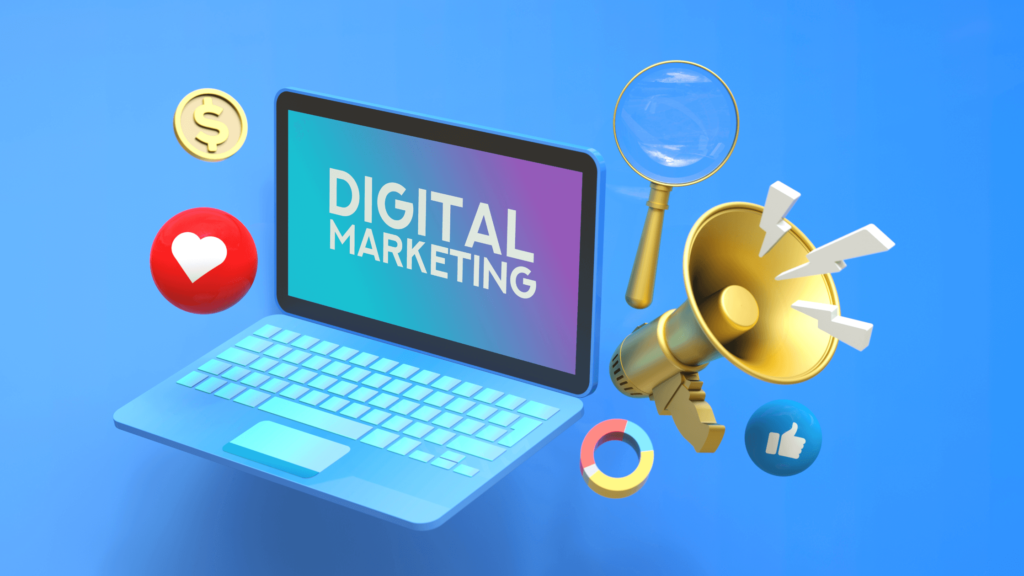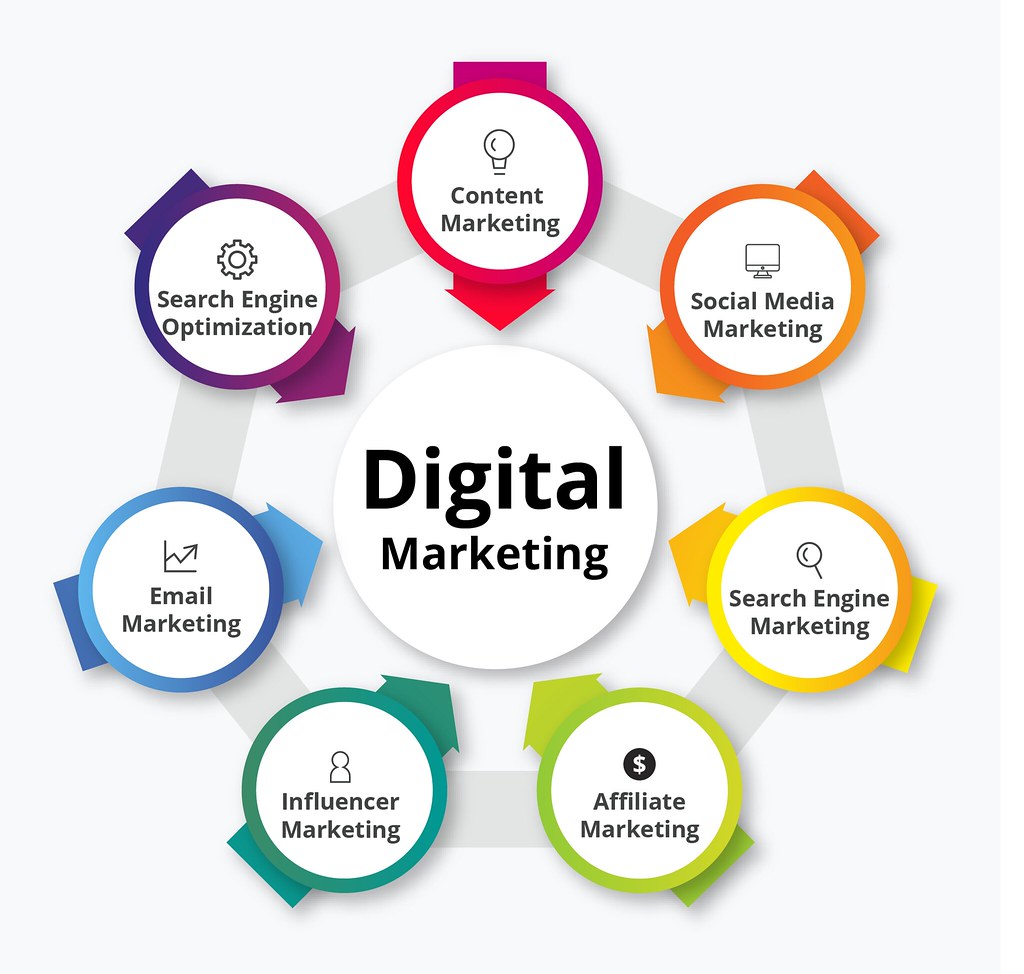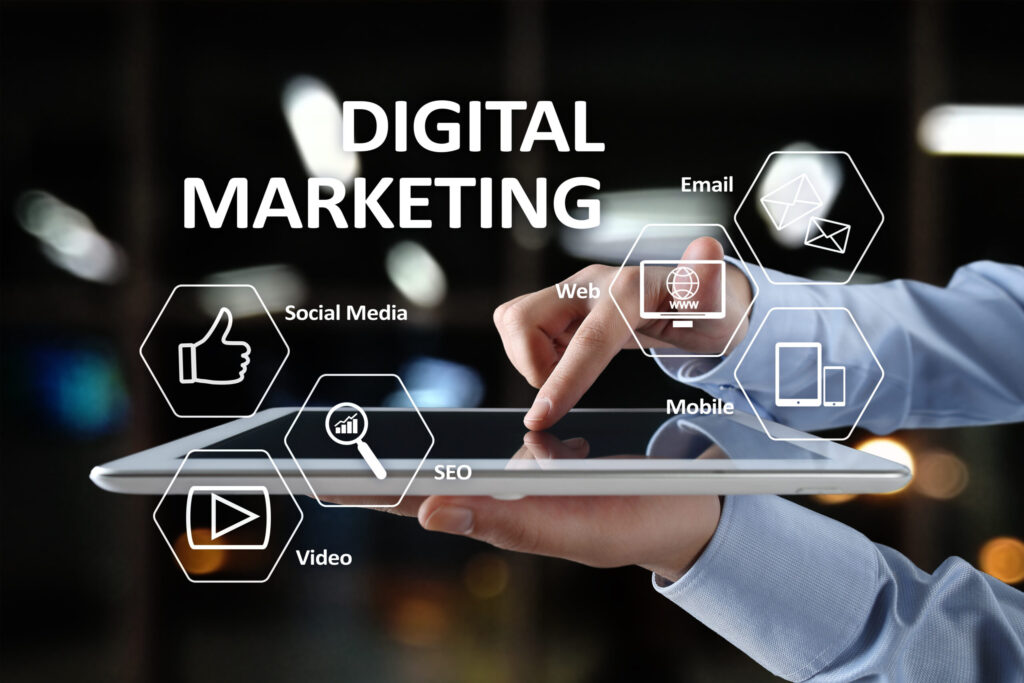Top Digital Marketing Trends to Watch in 2025
Top Digital Marketing Trends to Watch in 2025 Focus Keyword: Digital Marketing Trends 2025 In the ever-evolving world of digital marketing, staying ahead of the curve isn’t just an advantage—it’s a necessity. As we step into 2025, businesses must embrace new technologies, adapt to changing consumer behaviors, and innovate like never before. From artificial intelligence to immersive content, the digital marketing trends in 2025 are set to redefine how brands connect with audiences. 1. AI-Powered Personalization Becomes the Standard Artificial intelligence is no longer a futuristic tool—it’s central to how brands interact with customers. In 2025, AI is expected to go beyond simple automation and become essential in hyper-personalizing content, emails, and offers. Why it matters: Customers now expect tailored experiences. AI can analyze user behavior and deliver content at the right time and on the right platform. Real example: Amazon and Netflix use AI to recommend products and shows based on user history, leading to higher engagement and sales. Key takeaway: Brands that embrace AI personalization will see increased customer retention and conversions. 2. Voice Search Optimization Gains Momentum With smart assistants like Alexa, Siri, and Google Assistant becoming part of everyday life, voice search is on the rise. In 2025, businesses must optimize for voice queries, which are often more conversational and question-based. Optimization tips: Use long-tail keywords. Focus on natural language. Include FAQ-style content. Stat: Over 50% of searches are expected to be voice-based by 2025. Key takeaway: Businesses that tailor content for voice search will capture a larger share of organic traffic. 3. Zero-Click Searches & Featured Snippets Dominate SEO As Google aims to keep users on its platform, zero-click searches are increasing. These occur when a user’s query is answered directly on the search results page, often through featured snippets. How to adapt: Use clear headers and bullet points. Answer common questions succinctly. Structure content with schema markup. Key takeaway: Focusing on rich snippets and structured content can boost visibility—even without clicks. 4. Video Marketing Goes Interactive In 2025, video remains king—but it’s evolving. Interactive video content allows viewers to click, choose outcomes, or engage with elements inside the video. Platforms like YouTube, Instagram Reels, and TikTok continue to dominate, but now with features like polls, quizzes, and embedded CTAs. Live video and webinars are also gaining more traction for B2B and service-based industries. Key takeaway: Interactive videos enhance engagement and can significantly increase conversion rates. 5. Social Commerce Expands Across Platforms Shopping directly from social media platforms is now a norm, not a novelty. Social commerce—buying products directly from Instagram, Facebook, TikTok, or Pinterest—is expected to reach new heights in 2025. Why it works: It simplifies the buyer journey, reducing friction and increasing impulse purchases. What to do: Optimize your product catalog. Use influencer marketing and user-generated content. Integrate AR try-ons and reviews. Key takeaway: If you’re not selling directly on social media, you’re missing out on a massive revenue stream. 6. Data Privacy and Ethical Marketing Take the Spotlight Consumers are more concerned about their data than ever before. With regulations like GDPR, CCPA, and evolving global standards, ethical digital marketing is now a necessity. Trends to watch: Cookieless tracking and server-side data collection. First-party data strategies (email lists, surveys, etc.). Transparent opt-ins and consent-based advertising. Key takeaway: Trust is the new currency. Brands that prioritize privacy will build stronger customer relationships. 7. Influencer Marketing Evolves to Nano & Micro Levels The influencer game is changing. In 2025, nano (1K–10K followers) and micro (10K–100K followers) influencers are delivering better ROI than celebrities. Why? These influencers have niche audiences and higher engagement. Tip: Collaborate with creators who align with your brand values and offer authentic content. Key takeaway: Quality of influence now matters more than follower count. 8. Augmented Reality (AR) Marketing Goes Mainstream AR is no longer limited to Snapchat filters. In 2025, AR will play a key role in product demonstrations, virtual try-ons, and immersive brand experiences. Examples: IKEA’s app lets users visualize furniture in their space. Beauty brands like L’Oréal offer AR makeup try-ons. Key takeaway: AR can bridge the gap between online and offline shopping experiences. 9. Chatbots and Conversational Marketing Get Smarter Thanks to advancements in natural language processing, AI chatbots are becoming more human-like and responsive. They’re available 24/7, offer instant responses, and improve customer satisfaction. Uses: Answering FAQs. Guiding users through the sales funnel. Collecting leads and feedback. Key takeaway: A well-designed chatbot can reduce bounce rates and boost conversions. 10. Sustainability Messaging and Green Marketing Rise Today’s consumers care deeply about the planet. In 2025, brands that incorporate sustainability in their digital marketing efforts will gain a competitive edge. Ideas: Highlight eco-friendly initiatives. Use green certifications in content. Tell your sustainability story in blogs and videos. Key takeaway: Purpose-driven marketing builds loyalty and connects emotionally with customers.






